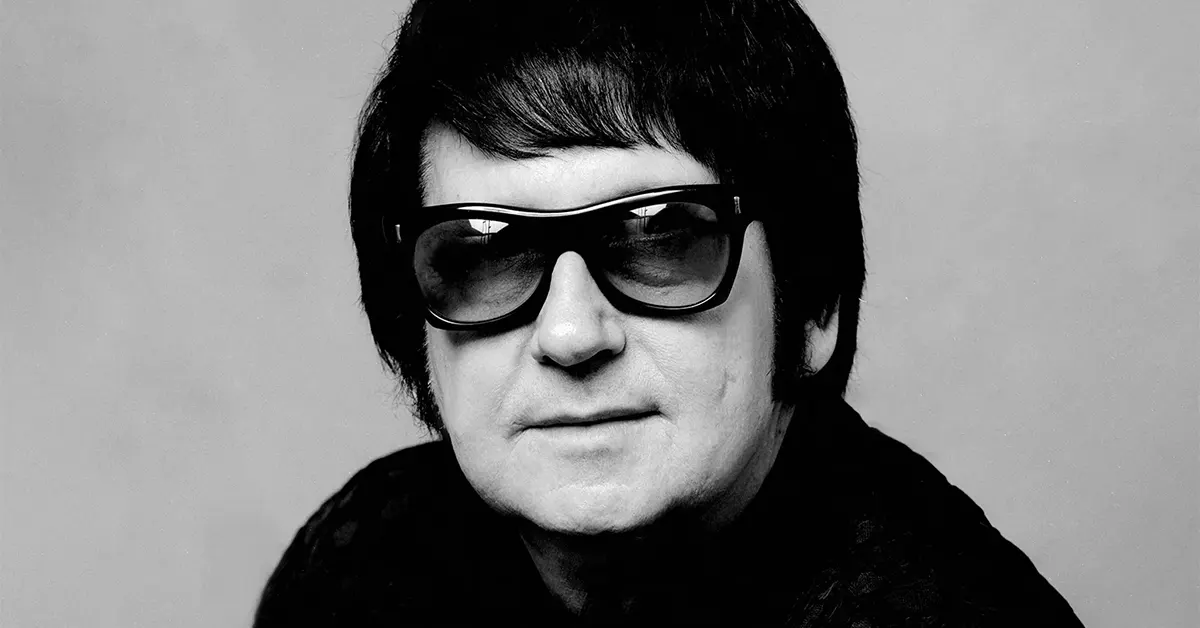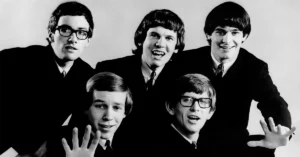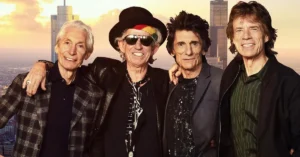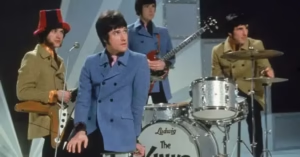Roy Orbison: The Velvet Voice of Rock’s Lonely Heart
Roy Orbison. Early Life and Musical Roots
Roy Kelton Orbison was born on April 23, 1936, in Vernon, Texas, and raised in Wink, a small oil town. His love for music started early, inspired by country, gospel, and rhythm and blues. By age six, he was singing on the radio, and by his teens, he was fronting a local band called The Wink Westerners.
Orbison studied at North Texas State College (later known for producing musicians like Don Henley) before fully committing to music.
Roy Orbison. The Sun Records Years (1956–1958)
Roy’s career took its first big step when he signed to Sun Records in Memphis, the legendary label home to Elvis Presley, Johnny Cash, and Jerry Lee Lewis.
- Orbison’s early singles like “Ooby Dooby” and “Rockhouse” showcased his rockabilly roots but didn’t yet reflect his signature sound.
- His time at Sun gave him crucial experience, but it was not until he left for Monument Records that he fully found his voice — literally and artistically.
Roy Orbison. Monument Records and the Rise of the Operatic Rock Ballad (1960–1965)
Under producer Fred Foster, Orbison’s style evolved into something utterly unique: haunting ballads sung in a rich, near-operatic tenor over lush, string-laden arrangements.
✦ Signature Hits from this Era:
- “Only the Lonely” (1960) – Orbison’s breakthrough; soaring and cinematic
- “Crying” (1961) – A masterpiece of controlled emotion, full of heartbreak and vocal drama
- “In Dreams” (1963) – Surreal, dreamlike storytelling
- “Blue Bayou” – A southern gothic lullaby
- “Running Scared” – A tense, narrative-driven song that ends on a breathtaking high note
- “It’s Over” and “Dream Baby” – Powerful explorations of emotional loss
- “Oh, Pretty Woman” (1964) – His most iconic hit, driven by a rock riff and a confident swagger
Orbison broke the mold: he stood still in dark clothes, behind dark glasses, not dancing or performing theatrics — yet he commanded the stage with vocal force and emotional honesty.
Roy Orbison. Distinctive Style and Persona
Unlike his contemporaries:
- Orbison didn’t rely on bravado or sexuality
- His songs were often melancholic, vulnerable, and introspective
- His vocal range (spanning almost three octaves) allowed him to soar to operatic climaxes, earning him nicknames like “The Caruso of Rock”
- His stage look — black suit, sunglasses, and stoicism — added to his mysterious allure
Roy Orbison. Career Decline and Personal Tragedy (Late 1960s–1970s)
After the British Invasion, Orbison’s popularity in the U.S. waned, though he remained beloved in the UK, Australia, and Europe.
During this time, he faced a series of personal tragedies:
- In 1966, his wife Claudette died in a motorcycle accident.
- In 1968, two of his sons died in a house fire.
Though he continued recording and touring, his output was less visible and poorly promoted during this period.
Rediscovery and Comeback (1980s)
Orbison was rediscovered by a new generation of artists who worshipped his voice and storytelling.
Highlights of his resurgence:
- David Lynch used “In Dreams” in Blue Velvet (1986), introducing his work to indie audiences
- He re-recorded many classics for In Dreams: The Greatest Hits
- In 1987, he was inducted into the Rock and Roll Hall of Fame, with Bruce Springsteen, Elvis Costello, and Bono praising his influence
- His 1987 live concert Roy Orbison and Friends: A Black and White Night, filmed with a supergroup of admirers, became legendary
The Traveling Wilburys and Final Success
In 1988, Orbison joined The Traveling Wilburys, a rock supergroup featuring:
- George Harrison
- Bob Dylan
- Tom Petty
- Jeff Lynne
Their debut album, Traveling Wilburys Vol. 1, was a massive hit and introduced Orbison to yet another generation.
Just weeks before his comeback solo album was released, Roy Orbison died of a heart attack on December 6, 1988, at age 52.
✦ Mystery Girl (1989, posthumous release)
- Features the hit single “You Got It”, written with Tom Petty and Jeff Lynne
- A critically acclaimed return to form, filled with beautiful and emotional performances
Legacy and Influence
Roy Orbison is remembered for:
- Revolutionizing rock with deep emotional expression
- Having one of the most unique voices in music history
- Creating music that was both vulnerable and majestic
- Being a quiet pioneer, respected by artists across rock, country, pop, and alternative
Influenced:
- Bruce Springsteen, Chris Isaak, k.d. lang
- Bono, Elvis Costello, The Everly Brothers
- Contemporary artists like Lana Del Rey and The Weeknd (who cited Orbison as an influence on his vocal phrasing)
Accolades:
- Inducted into the Rock and Roll Hall of Fame (1987)
- Songwriters Hall of Fame (1989)
- Multiple Grammy Awards (including posthumously)
- Rolling Stone ranked him among the greatest singers of all time
Interesting Facts
- Orbison wrote many of his hits in a single sitting, often while on the road
- Despite the sad tone of his songs, those who knew him said he was gentle, funny, and kind
- His signature dark sunglasses were originally accidental — he forgot his regular glasses on tour and liked the mysterious image
- He had no vocal training, yet hit high notes effortlessly and consistently




